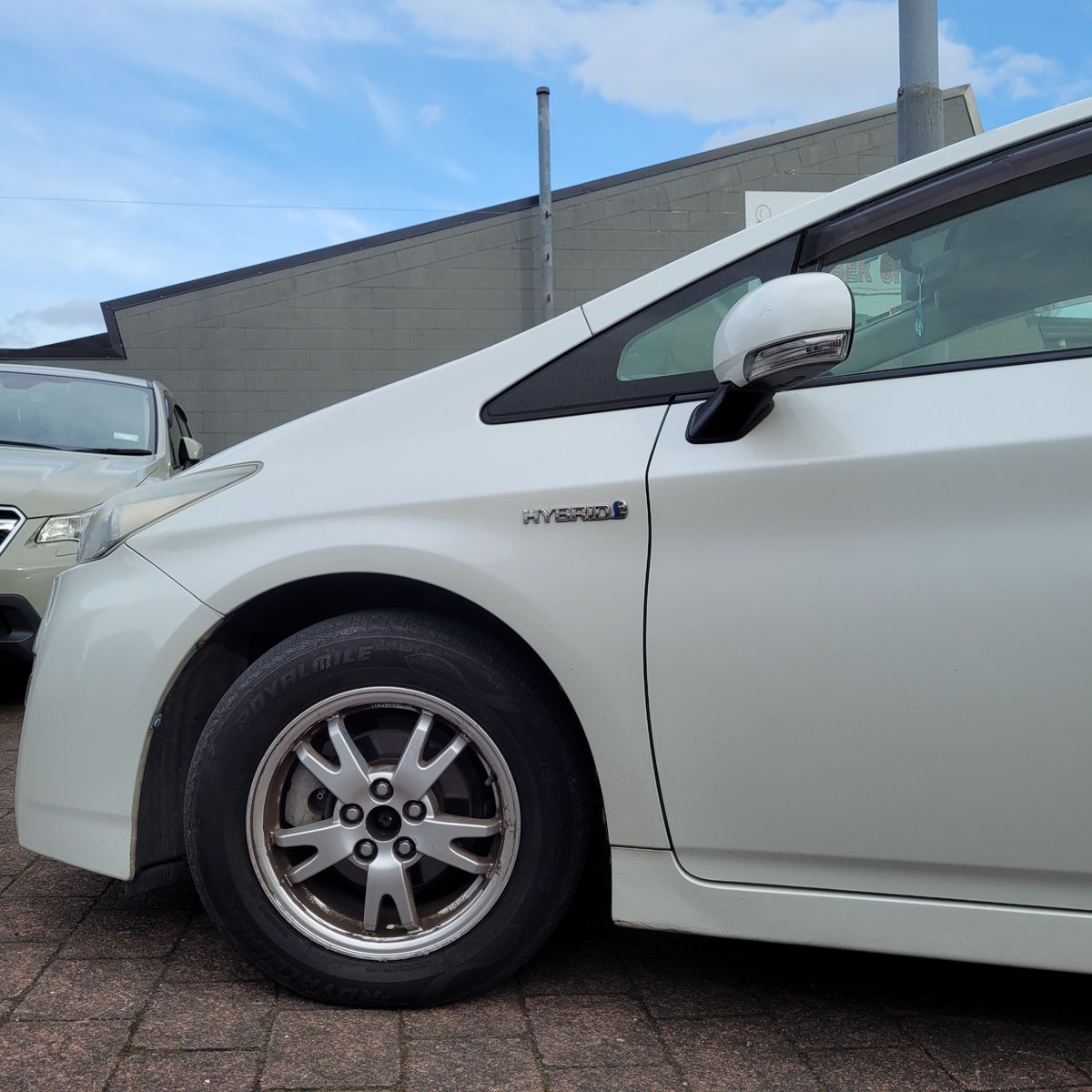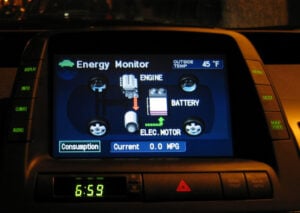What is regenerative braking? 
If you’ve been driving round Hamilton in a Prius, Nissan Leaf, or even a Lexus CT, you’ve probably heard about regenerative braking. But what actually is it? Well, it’s a pretty clever system in hybrids and electric cars. Instead of just wasting all that energy when you hit the brakes down Te Rapa Straight or through those tight Hillcrest roundabouts, your car grabs that moving energy and puts some of it back into the battery. It’s all driven by the electric motor working kind of like a generator when you slow down. That extra juice then helps power things later on, saving you a bit at the plug (or pump, if you’re in a hybrid). On your normal petrol or diesel, all that braking energy just turns into heat—total waste, really. Learn more about how the regenerative braking system works
How often do you need new brake pads and rotors?
So, what about the bits that actually stop the car? Around Hamilton—especially if you’re doing heaps of stop-start on Peachgrove Road or crawling through Frankton after work—you’d think you’d be burning through brake pads left and right. But here’s the trick: with a good regen system, like in the Prius or Suzuki Swift Hybrid, those pads and rotors don’t work nearly as hard. We see plenty of Priuses and Leafs come in from Ngaruawahia or Cambridge with over 100,000km on the clock, still on their first set of pads! Course, you still have to watch out for the other bits—rubber seals, boots, or that little backing plate behind the rotor—those can corrode, especially with all the Waikato winter fog or if you park outside when it’s damp.
If you’re in something like a Mazda CX-5 or Kia Carnival that’s not electric, we cover all that on our general brake services page. But hybrids and EVs are a bit of a different beast. If you hear noises, or the brakes feel funny, don’t just leave it. Some of the common signs things aren’t right can include:
- Grinding or squeaking when you stop at the lights—say, on Greenwood Street
- Seeing oily leaks around the wheels (not what you want on a wet Dinsdale morning)
- The car pulls to one side braking by the Chartwell shops
- Your stopping distance feels way longer, especially loaded up after a Pak’nSave shop
We say: give your brakes a thorough check at least every couple of years (or just get us to look every time you come in for a car service Hamilton). Saves a whole lotta hassle later.
Extra care with calipers, wheel cylinders and brake hoses
Now, if it comes time to change some of the hydraulic bits—calipers, wheel cylinders, brake hoses—there’s a bit more to it with hybrids and electrics, especially on something like a Hyundai Ioniq or even some late-model Benz plug-ins. First, that regen system’s gotta be properly switched off, or you can damage parts and cause error codes. Bit fiddly, but we’re used to it. Also means watching out for valves and solenoids—these systems are way more sensitive than old-school brakes on a Corolla hatch.
Hybrid and electric brake checks in Hamilton
If your Prius, Leaf, Outlander PHEV, or even your less common Euro or Asian import is doing anything weird with the brakes—don’t muck about. Especially with Hamilton’s potholes, hills around Rototuna, or those endless speed bumps in Melville, brake trouble’s not something to put off. Could be something simple, could be more, but you won’t know ’til we get under the bonnet.
At Grimmer Motors, our technicians have heaps of experience with hybrids, plug-ins, and all the usual NZ car problems. We’ll get you sorted, quick as, whether your car’s cruising Morrinsville Road every day or just taking short trips between Tamahere and the base. Diagnosing regenerative brake issues is our bread and butter.
For hybrid or electric regenerative brake inspections and diagnostics in Hamilton, contact Grimmer Motors today!


